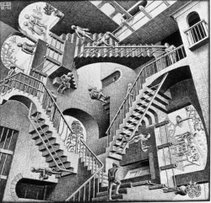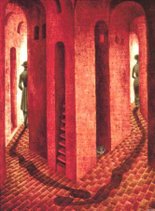
A proto-language, sometimes also called Ursprache (German word, derived from the prefix Ur- "primordial" and Sprache "language"), is a hypothetically reconstructed language based on the comparison of attested vocabularies and grammars.
In most cases, the ancestral proto-language is not known directly and it has to be reconstructed by comparing different members of the language family via a technique called the comparative method. Through this process only a part of the proto-language's structure and vocabulary can be reconstructed; the reconstruction remains the more fragmentary the more ancient the proto-language in question is.
Sometimes, however, the proto-language is a language which is known from inscriptions, an example being the Proto-Norse language attested in the Elder Futhark runic inscriptions.
Other proto-languages are Proto-Indo-European, Proto-Uralic and Proto-Bantu.
Traditional historical linguistics state that so far it has been impossible to show that all the world's languages are genetically related. Critics say that from the purely statistical point of view, among any two unrelated languages, there would be more than 40% of words sharing a roughly similar sound and meaning. Therefore, the concept of comparing languages basing only on general comparisons between their vocabularies is considered flawed.











No comments:
Post a Comment